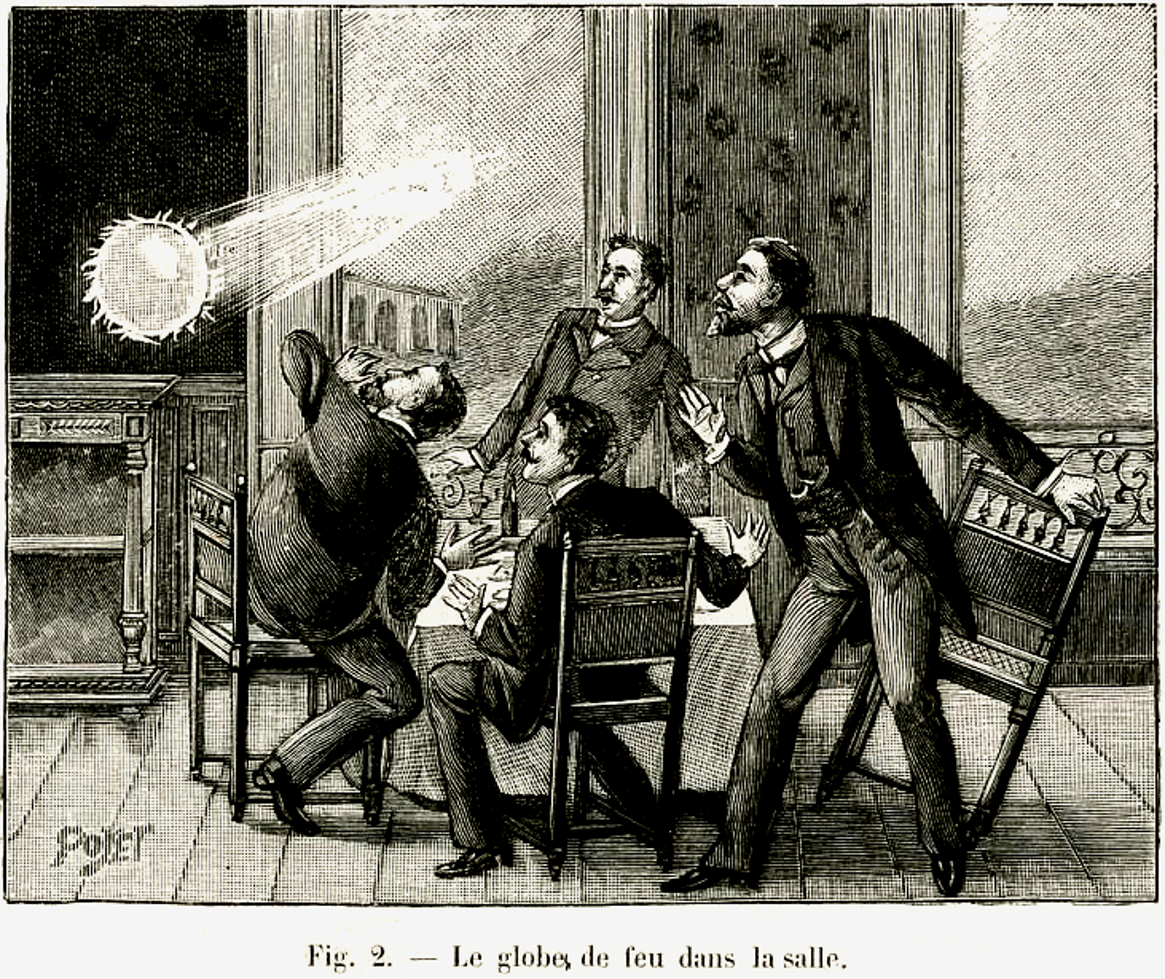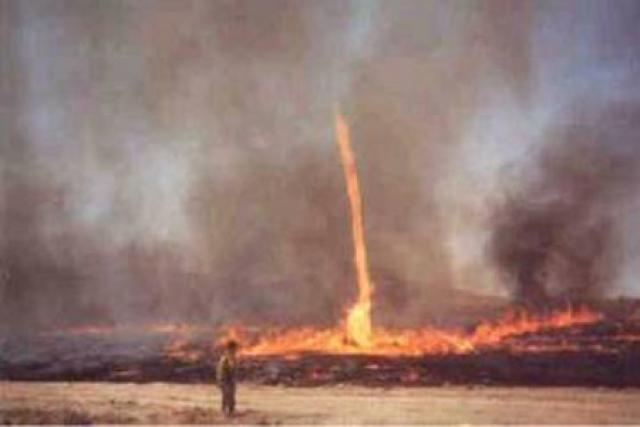Filming Police is Legal: Bizarre Fact: You May Still be Arrested for it
There has been a bizarre trend in the United States of citizens being arrested under a law that does not exist. This supposed law prohibits people from doing surveillance -- taking photos and video -- of police officers as they go about their duties in public areas. It is a misinterpretation of other laws that prohibit obstruction of justice, recording audio without a person's knowledge and doing surveillance on private property. In the two former cases, you can be arrested. In the latter case, you can be arrested for trespassing. However, you cannot legally be arrested for filming anything you see on public property or your property, for that matter.
Despite the above, it happens all the time. Police are arresting people, confiscating their film and, at times, even deleting it. Unless there is reasonable suspicion that you are breaking a law, police cannot so much as detain you without your permission. So, why is this even a problem? Well, that is a good question and what makes this situation so bizarre. There seems to be no doubt whatsoever as to the legality of filming police officers in public, yet police and even lawmakers in some areas try their best to change that. Without completely eradicating the First Amendment, it is impossible. There is also the little matter of police working for us, not the other way around.
According to the ACLU, they are working hard to protect those who are wrongly charged with a crime that does not exist. They United States judicial system is hard at work clarifying this issue as well. The First Circuit Court of Appeals found in the case of Simon Glick vs. John Cunniffe, Peter J. Savalis, Jerome Hall Brewster and the City of Boston that, "The filming of government officials engaged in their duties in a public place, including police officers performing their responsibilities, fits comfortably within these principles [first amendment rights]. Gathering information about government officials in a form that can readily be disseminated to others serves a cardinal First Amendment interest in protecting and promoting "the free discussion of governmental affairs.""
Here are some tips from the ACLU about what to do if you are wrongly detained for filming police officers. Remember, if the police officer does not know you are taping him or her and you are picking up their voices, you can be charged with violating wiretapping laws, if they exist in your state.
Bizarre Insects: Dinocampus Coccinellae
| An unsuspecting ladybug. |
The monstrous demise of ladybugs at the hands -- figuratively -- of Dinocampus coccinellae begins with the insertion of a single egg into the bug. The wasp larva hatches within the bug and begins to destroy any other larvae or eggs in its way. Next, it steals the nutrients the bug has until finally it eats the fat cells and reproductive organs of the ladybug.
While the wasp is graduating from one living feast to the next, it is going through several stages of its life cycle. There are four stages in this carnival of horrors before it gets worse. Eighteen to twenty-seven days after the egg is deposited in the ladybug, the resulting larva destroys the nerves that control the ladybug's legs, rendering it paralyzed. It then digs a tunnel out of the bug and makes its cocoon under it and betwixt its legs. The body of the still living victimized bug is now protection for the larva while it undergoes the next stage of transformation.
After roughly one week, the wasp emerges ready to propagate its species. Most of these wasps are females, but that does nothing to hinder their reproductive prowess. In fact, it makes them more efficient as these wasps reproduce asexually. They can insert eggs into 100 or more ladybugs in their lifetime without ever encountering a male Dinocampus coccinellae. They are perfect, deadly breeding machines.
Source
Bruce, Anne, The Wasp Life Cycle, retrieved 9/24/11, microscopy-uk.org.uk/mag/indexmag.html?
Bizarre Weather: Ball Lightning
 |
| An engraving from the 1800s showing ball lightning. |
Ball lightning is an unexplained weather phenomenon that is seen all over the world. Some people do not believe it exists. However, according to the National Geographic article Ball Lightning: A Shocking Scientific Mystery, as many as 1 person in every 30 thinks they have witnessed this phenomenon. Conservative estimates put those numbers at between 1 and 150; still nothing to sneeze at.
Ball lightning is what it sounds like, a ball of what appears to be electricity. It appears to occur most often, or always, near the ground, where it bounces around like a drunken version of Tinkerbell. According to some sources, it is powerful enough to melt glass and thin metal, such as window screens. It does not have as much of a record of being fatally dangerous as "normal" lightning, but it may be potentially deadly.
Over the course of written history, roughly 10,000 eyewitness accounts of ball lightning have been written. The stories are similar enough to suggest that these people are seeing the same thing. It seems unlikely that something that does not exist would have so many witnesses, pictures and reliable accounts. (Be careful if you search for pictures of ball lightning. Many online photos of "ball lightning" are not ball lightning at all. It does not strike as "normal" lightning does.)
Scientists have no idea what ball lightning is or how it happens. Because of this, it is nearly impossible to study. It lasts for roughly 10 seconds and not knowing how it is made makes it impossible to reproduce. Unless ball lightning starts appearing around scientists a lot more than it has been or scientists are able to replicate it, it is likely that we will not find out what this oddball lightning is for a long time to come. All theories are mere conjecture based on what we know about the world and electricity.
Bizarre Weather (Kind of): Fire Whirls
Fire tornadoes, fire whirls, fire devils, creepy spiral fire finger shooting up from the ground, whatever you call it, a fire whirl is a freaky phenomenon. They are upside down tornadoes that whip fire around instead of air. However, they are caused by air currents, but the obviously necessary ingredient is fire. These little devils can be more than 3,000 feet tall, spin at about 100 miles per hour and last for up to 20 minutes. Don't worry, though. That is only the worst-case scenario and you have to be caught in a heck of a wildfire to experience something like that.
Just to convince you to stay away from large fires, as if you needed convincing:
Just to convince you to stay away from large fires, as if you needed convincing:
 |
| Courtesy of the U.S. Government |
 |
| Courtesy of the U.S. Government |
Subscribe to:
Posts (Atom)